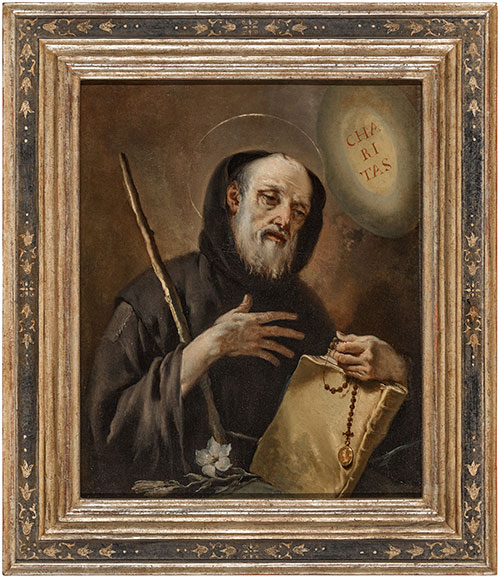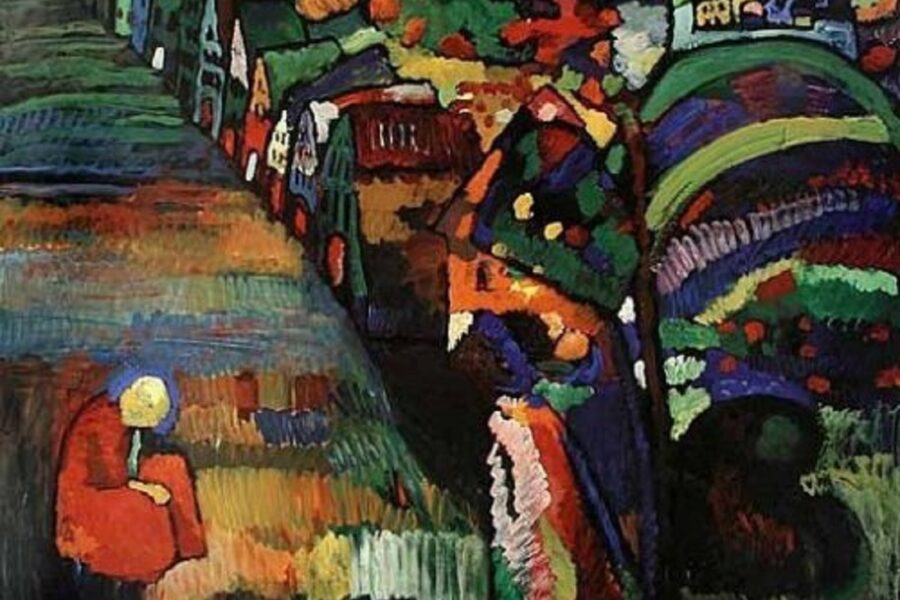The ruling comes amid criticism that the art market needs to be more transparent, but the directive may be moot because talks to possibly resolve claims are under way.
March 22, 2024, by Colin Moynihan – Excerpt

“A judge in New York has opened a crevice in the traditional secrecy of the art market with a ruling that directed Sotheby’s to reveal who consigned and who bought a painting by Tiepolo, the Italian old master…”
“The ruling came in a case brought by three heirs of a Jewish art dealer named Otto Fröhlich, who say he lost the artwork during the Holocaust. The heirs sued Sotheby’s, saying they needed the names of the buyer and seller to pursue a claim for the return of the painting.”
“Auction houses have long kept the identities of buyers and sellers confidential to guard their privacy, but the lack of transparency in the art market has increasingly drawn attention.”
“Several experts said the ruling, by a State Supreme Court justice, rendered in January but not previously reported, was unusual in that it directed that the auction house release the names of both parties in the transaction.”
“This case certainly establishes clear precedent that where heirs provide support for their claims of restitution, auction houses will be required to disclose the names and contact information of the buyers and sellers of the claimed looted art and cannot hide behind confidentiality policies to refuse to do so,” said Geri S. Krauss, the lawyer for the Fröhlich heirs.
“James Palmer, the founder of an art recovery firm, Mondex, which is working with the Fröhlich heirs, said the disclosure of the names by Sotheby’s would not be necessary in the event the work is returned.”
““The objective was really for us to right this wrong,” he said.”
This is an excerpt from this New York Times article. Full article through this link: https://www.nytimes.com/2024/03/22/arts/design/sothebys-auction-clients-nazi-loot.html#:~:text=A%20judge%20in%20New%20York,auction%20in%202019%20for%20%24100%2C000.


